Tuesday,
Jan 6
Mannheim
-4°
Wednesday,
Jan 7
Mannheim
-5°
Thursday,
Jan 8
Mannheim
-1°
Friday,
Jan 9
Mannheim
7°
Saturday,
Jan 10
Mannheim
2°
Sunday,
Jan 11
Mannheim
1°
MORE IMPORTANT INFORMATION ABOUT YOUR TRAVEL TO Mannheim
The Train station is located at the center of Mannheim
Mannheim (German pronunciation: [ˈmanhaɪm]; Palatine German: Monnem or Mannem) is a city in the southwestern part of Germany, the third-largest in the German state of Baden-Württemberg after Stuttgart and Karlsruhe with a 2015 population of approximately 310,000 inhabitants. The city is at the centre of the larger densely populated Rhine-Neckar Metropolitan Region which has a population of 2,400,000 and is Germany's eighth-largest metropolitan region. Mannheim is located at the confluence of the Rhine and the Neckar in the northwestern corner of Baden-Württemberg. The Rhine separates Mannheim from the city of Ludwigshafen, just to the west of it in Rhineland-Palatinate, and the border of Baden-Württemberg with Hesse is just to the north. Mannheim is downstream along the Neckar from the city of Heidelberg. Mannheim is unusual among German cities in that its streets and avenues are laid out in a grid pattern, leading to its nickname "die Quadratestadt" ("The City of Squares"). The eighteenth century Mannheim Palace, former home of the Prince-elector of the Palatinate, now houses the University of Mannheim. The city is home to major corporations including Daimler, John Deere, Caterpillar, ABB, Fuchs Petrolub, IBM, Roche, Reckitt Benckiser, Unilever, Phoenix Group, Siemens, and several other well-known companies.
Source:
WikipediaADDITIONAL INFORMATION ABOUT Dortmund
The Train station is located at the center of Dortmund
Dortmund (, also UK: US: German: [ˈdɔʁtmʊnt]; Westphalian Low German: Düörpm [ˈdyːœɐ̯pm̩]; Latin: Tremonia) is with a population of 603,609 inhabitants as of 2020, the third-largest city of Germany's most populous federal state of North Rhine-Westphalia and Germany's eighth-largest city. It is the largest city (by area and population) of the Ruhr, Germany's largest urban area with some 5.1 million inhabitants, as well as the largest city of Westphalia. On the Emscher and Ruhr rivers (tributaries of the Rhine), it lies in the Rhine-Ruhr Metropolitan Region and is considered the administrative, commercial, and cultural centre of the eastern Ruhr. Dortmund is the second largest city in the Low German dialect area after Hamburg. Founded around 882, Dortmund became an Imperial Free City. Throughout the 13th to 14th centuries, it was the "chief city" of the Rhine, Westphalia, the Netherlands Circle of the Hanseatic League.
Source:
WikipediaImages of the trains for your trip


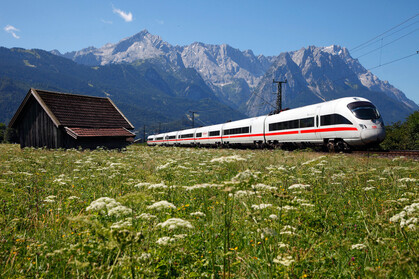









Where Can You Travel With Us?
TAKE A LOOK AT OUR MAP
France
Italy
Netherlands
Luxembourg
Austria
Germany
Belgium
Switzerland
Denmark
Sweden
Norway
Hungary
Czech
Ukraine
China
Active
France, Italy, Netherlands, Luxembourg, Austria, Germany, Belgium, Switzerland, Denmark, Sweden, Norway, Hungary, Czech, Ukraine, China
Upcoming
USA, Canada, Spain, Poland, Japan
Other Train Trips From Dortmund
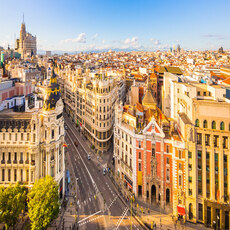
Dortmund to Dedenhausen

Dortmund to Pirmasens
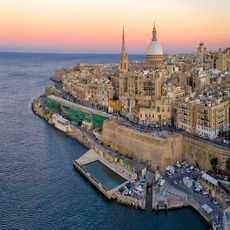
Dortmund to Hohenlimburg

Dortmund to Wulften

Dortmund to Witzenhausen North

Dortmund to Herborn Dillkr

Dortmund to Tarp

Dortmund to Schneverdingen

Dortmund to Bielefeld East

Dortmund to Lippstadt
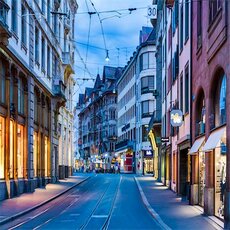
Dortmund to Welschingen Neuhausen

Dortmund to Wiesbaden

Dortmund to Cologne Worringen

Dortmund to Alsfeld Oberhess

Dortmund to Pasewalk East

Dortmund to Dusseldorf Reisholz

Dortmund to Beringen
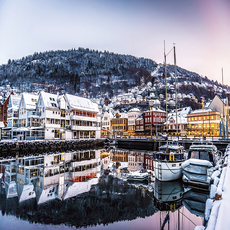
Dortmund to Zell Wiesental

Dortmund to Bremen Oslebshausen
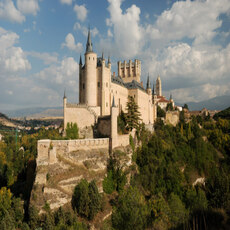
Dortmund to Feldkirchen Bei Mattighofen
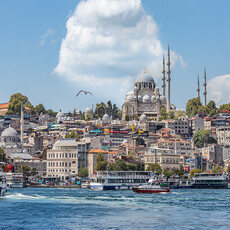
Dortmund to Brohl
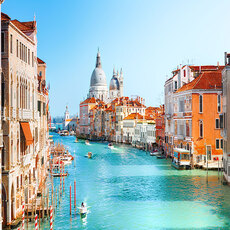
Dortmund to Murg Baden

Dortmund to Saint Mang
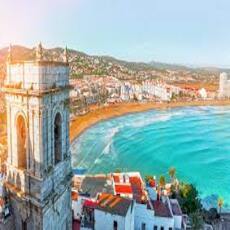
Dortmund to Pleinfeld

Dortmund to Norsingen

Dortmund to Neuss Am Kaiser

Dortmund to Munderkingen

Dortmund to Dillenburg
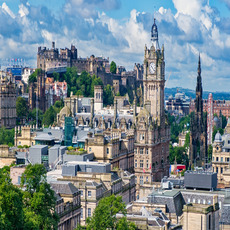
Dortmund to Bad Reichenhall

Dortmund to Lugde
WHY YOU SHOULD TRAVEL BY TRAIN?
To travel from Dortmund To Mannheim, trains would be the best travel choice, for several reasons:
1
Eco-Friendly
Trains are the most environmentally-friendly way of transport to the EU Environment Agency. They are powered by electricity, which is renewable and has a low environmental impact.
2
Speed
Travelling by train is in most cases the fastest way to go from Rome to Milan. Trains usually travel at high speeds, making them the fastest way to get from one place to another.
3
Safety
Travelling by train is one of the safest forms of transport. Trains are heavily regulated and monitored, making them safer than other forms of transport.
4
Price
Travelling by train is often cheaper than other forms of transport, such as flying or taking a bus. Trains are often subsidized by the government, making them cheaper than other forms of transport.
5
Luggage
Travelling by train is a great way to transport luggage. Trains usually have plenty of space for luggage and they are usually safe and secure.
6
Luggage
Travelling by train is often faster than other forms of transport, such as driving or taking a bus. Trains usually travel at high speeds, making them the fastest way to get from one place to another.
7
Comfortability
Travelling by train is usually very comfortable. Trains usually have comfortable seating and plenty of legroom, making them a great way to travel.
8
Comfortability
Travelling by train is a great way to get some sleep. Trains usually have comfortable seats and plenty of legroom, making them a great way to get some rest while travelling.
9
WIFI
This is not necessarily the most important when you travel since we prefer to tell you to enjoy your travel without your phones, but on trains, you can find WIFI onboard, so you remain connected to the internet if you choose to.
THESE ARE THE TRAIN OPERATORS WE WORK WITH




















